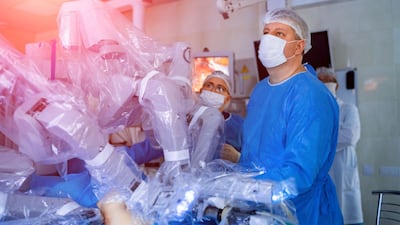Image archiving is a throwback in the evolution of digital radiology. Today, many medical centers have the ability to digitally capture medical images acquired from computed radiography (CR), CT scans, MRI, or nuclear medicine. Radiologists can, within minutes, manipulate such images on a workstation, run them through pattern recognition software that helps in interpretation, and send them over the Internet to clinicians in remote locations. But six months later, if a clinician wants to call back images, at most hospitals —even those select few hospitals that are digitally equipped from one end to the other— the process works something like this: A departmental clerk goes to the hospital file room with a shopping cart and fills it with envelopes containing archived, film-based studies. Turn-around time on old film requests—four hours to two days, with 5-8% lost or missing rate. So much for progress.
Hospitals lack sufficient capacity to archive images electronically. Ironically, images that are acquired digitally are often converted to film for...
Read the full article – start your free trial today!
Join thousands of industry professionals who rely on Medtech Insight for daily insights
- Start your 7-day free trial
- Explore trusted news, analysis, and insights
- Access comprehensive global coverage
- Enjoy instant access – no credit card required
Already a subscriber?





